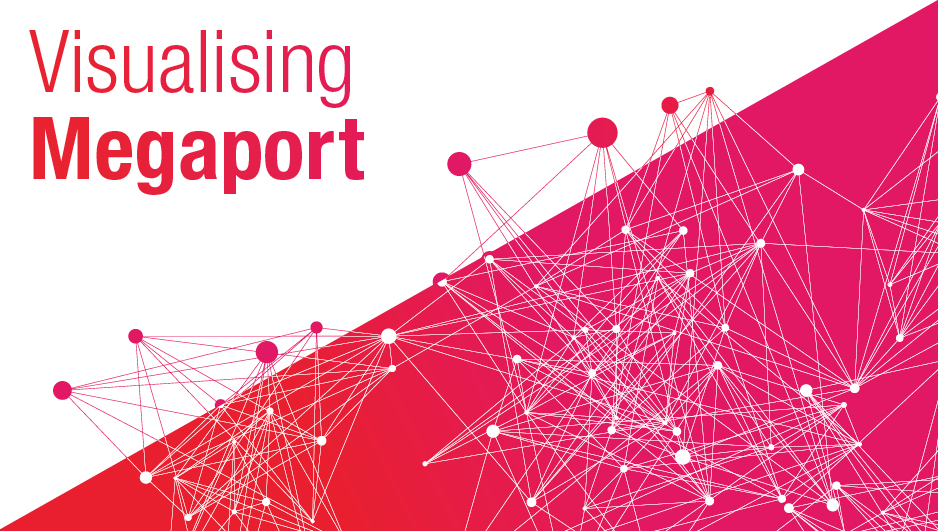
How SWG and SD-WAN Work Together
- Cloud networking , Partners
- April 19, 2022
- RSS Feed
Gartner® Predicts 2022 says by 2025, 40% of enterprises will adopt SD-WAN and cloud-delivered Secure Web Gateway (SWG) from the same vendor, up from less than 5% in August 2021. Here's what that means for you.
During the COVID-19 pandemic, a huge percentage of the workforce moved home. This population shift—and its dependence on computers and their networks—meant corporations had to double down on network security and reliability.
- By 2025, about 22% of Americans, or about 36.2 million, will be remote workers; this is a remarkable “87% increase from pre-pandemic levels.”
- Currently, the dominant fields for remote workers are healthcare (15%), technology (10%), and financial services (9%)—all of which are vulnerable to disastrous data breaches.
This rapid shift has left many IT divisions scrambling to secure their networks, since human error can often lead to a hacker’s windfall. Factors range from poor password hygiene and bad patching to poor control over who has access to levels of the network. IBM Security’s Cost of a Data Breach report (2021) states that although only about 5 percent of data breaches could be linked to remote workers, when remote work was part of the cause, the average cost was $1.07 million higher.
In a closed system, such as in a medical billing office, users access computer files through a remote access virtual private network (VPN), connected through internal cables and other hardware. But if employees are home and accessing company resources through their company’s software-defined wide area network (SD-WAN), data is more vulnerable to attack. This risk can be lessened through installing a cloud-based Secure Web Gateway (SWG) as part of Secure Access Service Edge (SASE).
Learn more about SASE in this “What is SASE? An Introduction” post.
What is SWG?
If, say, remote healthcare billing employees are cruising internet shopping sites during lunch or updating client files, SWG gateways installed on the company’s network filter are filtering unwanted software or malware and preventing data breaches. SWG filters help to enforce compliance with corporate and regulatory policies, which are crucial for medical and other data-sensitive industries. At a minimum, SWG provides:
- URL filtering (giving your company control over which sites users can access).
- Detection and filtering of malicious code (which may include spyware, ransomware, rootkits, or adware).
- Data loss prevention (DLP) (protecting your company’s data from breaches or destruction and complying with regulations).
- User access to apps that facilitate crucial remote workday tasks such as video conferencing, messaging, and business applications.
Aligning networking and security goals with SWG
Even before the pandemic, more companies were turning to SD-WAN to connect their data center on-ramps and other facilities over long distances. While the speed and performance of SD-WAN helped productivity, security through SWG was often an add-on. As early adopters moved to SD-WAN technology, they often had to mix SD-WAN technology with SWG from a separate provider. Companies encountered issues with performance, functional integration, analytics, and more. Using different products for SWG, firewalls, and other security features led to higher cost and more IT headaches, yet with no guarantee of streamlined, gap-free security.
The tech industry soon responded. SD-WAN now provides failsafe circuitry, algorithms to reconstruct lost packets (path conditioning), and the ability to route critical and noncritical applications separately. See other SD-WAN trends for 2022 here.
Benefits of SD-WAN and SWG product consolidation
Another trend is product consolidation. Gartner® Predicts 2022: Connecting the Digital Enterprise states that “by 2025, 40% of enterprises will adopt software-defined wide area network (SD-WAN) and cloud-delivered secure web gateway (SWG) from the same vendor, up from less than 5% in August 2021.”1 In the report, Gartner also states that “to support the dynamic needs of the digital enterprise, network security must be better “baked in” (i.e., integrated) into network architectures versus being a separate silo or “bolt on.” This is one of the main reasons we predict that enterprises will increase their investments in SASE dramatically over the next three years.”
Read “Gartner Predicts 2022: Connecting the Digital Enterprise.”
Gartner recommendations include:
- “Involve both networking and security teams when selecting or refreshing SD-WAN and SWG solutions. Avoid making strategic SD-WAN or SWG decisions in isolation.
- Aim to consolidate SD-WAN and SWG offerings to a single vendor, a managed service provider (MSP), or via vendors that have built deep turnkey integration (which entails embedded automation, shared policy and shared visibility between management platforms).”
How Megaport can help
Megaport partners with leading SD-WAN vendors—Cisco, Fortinet, Versa, Aruba, and VMware—which make up more than 70% of the SD-WAN provider market. We write about how SD-WAN can elevate enterprise networking here.
For companies adjusting to a permanent remote workforce, at least part of the time, Megaport Virtual Edge (MVE) provides a private, secure, scalable, and global network backbone to optimize SD-WAN connectivity. MVE extends your network to the edge, right to your workers’ home office (or kitchen counter), with no hardware needed. Cloud egress costs are lowered, and reliance on the internet—and human-error security risks—are greatly reduced.
Like the use case for SWG, MVE helps take as much mission-critical traffic as possible off the vulnerable public internet for as long as possible, and puts that traffic into the safety of Megaport’s private SDN on its way to major cloud providers.
1 Gartner®, Predicts 2022: Connecting the Digital Enterprise, By Andrew Lerner, John Watts, Joe Skorupa, 2 December 2021.
GARTNER is a registered trademark and service mark of Gartner, Inc. and/or its affiliates in the U.S. and internationally, and is used herein with permission. All rights reserved.


